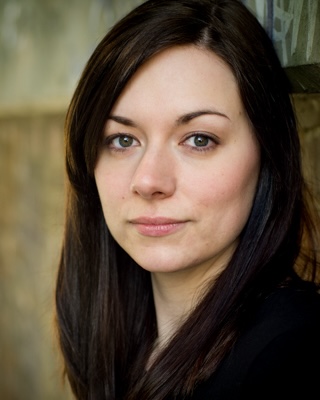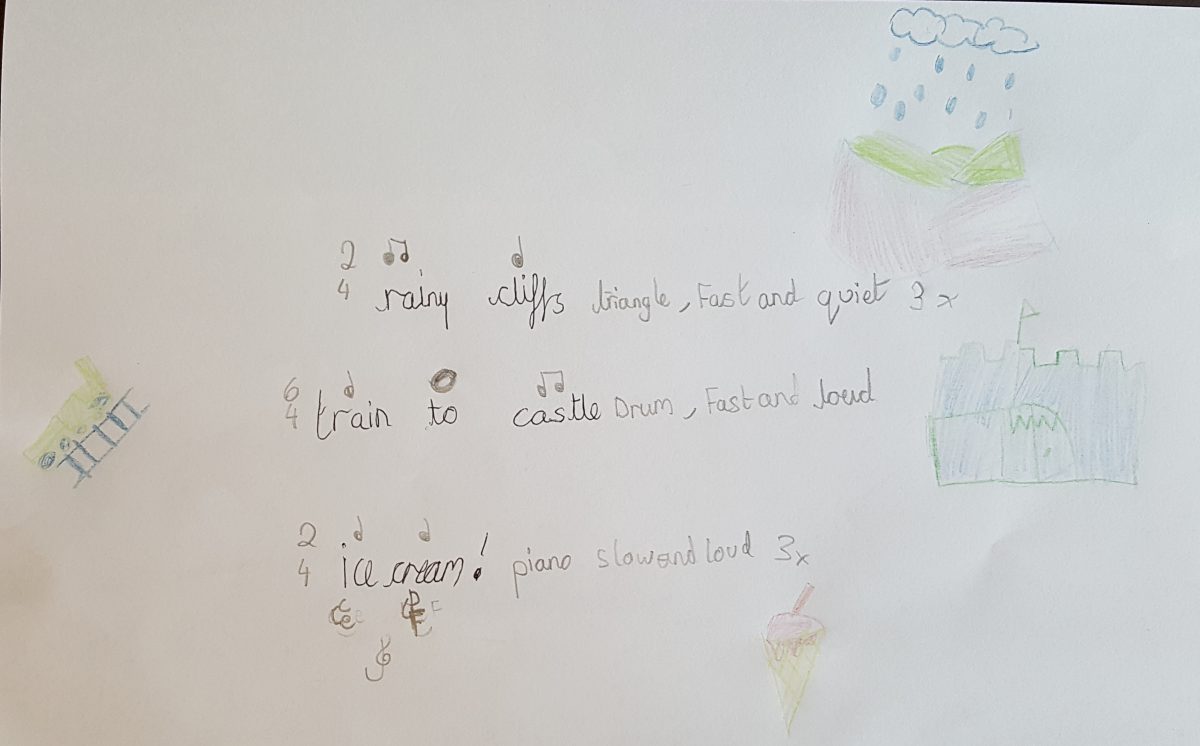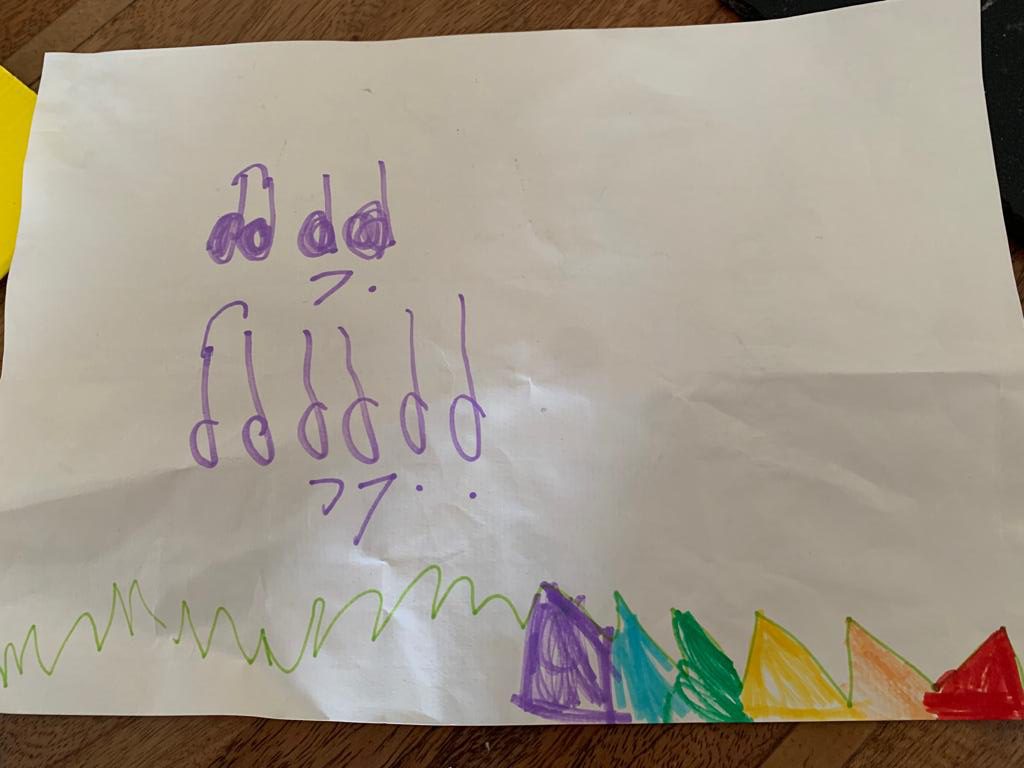Cross-disciplinary art: exploring words and music with Rebecca Rochelle
Kindred spirits are hard to come by, but I recently found one in my new mentor Rebecca Rochelle.
In 2021, Arts Council England gave me the chance to delve into some long over-due professional development via their Developing Your Creative Practice grant.
Rebecca is a writer/actor who introduced me to the various techniques she uses in workshops with young children. I was delighted to discover that we had a common belief in offering children a rich artistic diet and in teaching through exploratory play.
Musicians use a lot of descriptive words – not just the standard descriptions like high, low, fast, slow, loud, quiet but also words like swooping, sticky, oozy, crunchy, dark, bright, sparkly, grumpy. Those who have a good vocabulary tend to have more confidence in sharing their musical ideas.
So my initial discussions with Rebecca centred on ways to help young children build a rich vocabulary: using visual aids for pre-readers, onomatopoeic words, acrostic poems, creating ‘word banks’, different techniques of writing poetry.




